
Want to create photographs that make your friends want to jump in the image and be there with you?
When visiting a new destination there is always a check list of major attractions, monuments and sights to visit and taking a photo to say you’ve been there is all part of the fun.
Sure taking a quick snap on your phone can be a great way of quickly sharing the moment with everyone back home but what about creating an image that makes people want to step right into the photo and enjoy the view with you?
Places like the Eiffel Tower, Big Ben and Times Square have all been photographed probably a billion times over and it’s probably safe to assume that more than 80% of these images are very similar in appearance. When composing a photograph of anything whether it be travel, people or landscapes you can make it a little more interesting for those viewing and for yourself by thinking outside the box and looking for alternate angles to light up the scene in front of you.
Let’s take the Eiffel Tower in Paris as an example. It’s one of the most recognisable monuments in the world and is a pretty fascinating subject to photograph…mostly because you’ll be standing in Paris when you do and that can’t be a bad thing right! The Eiffel Tower is the perfect subject to practice composition on because it’s a structure with many viewpoints and can either have a big blue sky behind it or cityscapes depending on where you see it from.
On a recent trip to Paris, I set out to photograph the Eiffel Tower from a range of new angles, up close, from across The Seine, down the Champ de Mars and from viewpoints around the city that were miles away.
Below are a set of images to show how composition can be achieved with a little explanation in the caption on how to try it yourself!
Focus –
Having a monument as obvious as the Eiffel Tower allows you to play around with focus and feature another subject in the forefront of your photograph. In this case I used the beautiful blossom flowers that were in bloom along the Seine River and ensured the shape of the tower was still visible.

Light –
Most attractions will look different throughout the day as the light changes. Just after sunset is a magic time to capture images and be sure to find a location so you can feature some sky as the colours generated by dusk against your chosen monument creates a different mood to what you would achieve at say midday in bright sunlight.
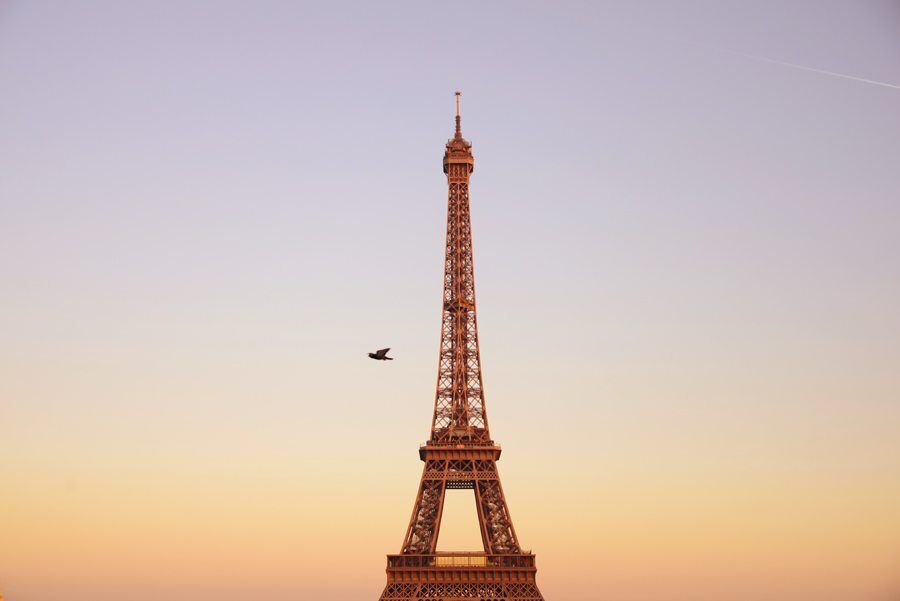
Texture –
Showcasing the materials of a monument can be a great way to show its true beauty or strength. Here the wintery tree branches contrast against the wrought iron structure of the tower blending a little of natural and man-made textures together.

Framing –
Using something fun or interesting to frame your image is a great way to see your subject in a new light. In this case I used the arches of the Sacré-Cœur Basilica’s dome in Montmartre. Climbing to the top of the Basilica’s roof allowed for an incredible view of the Eiffel Tower and many options to frame the view.
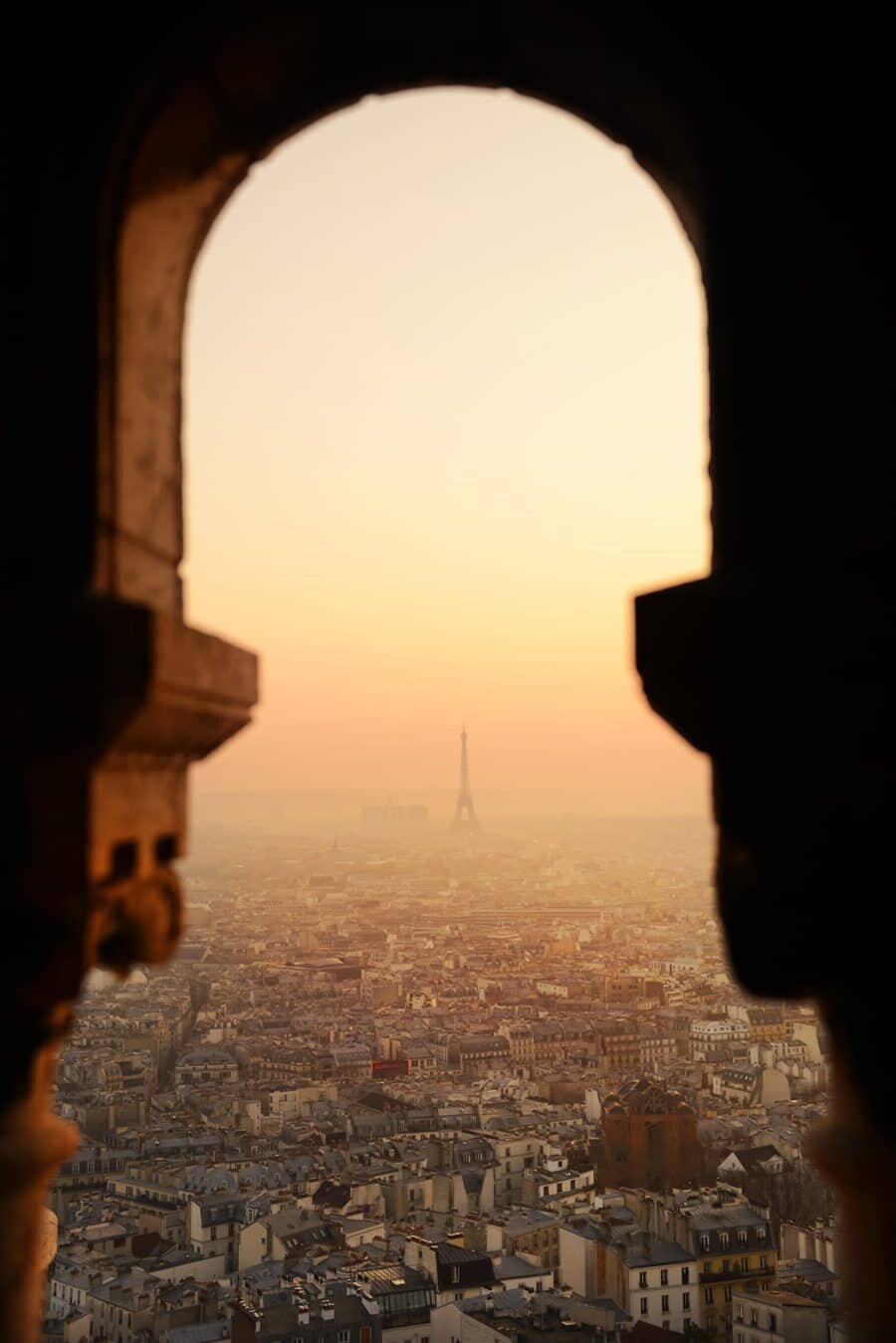
Negative Space –
This term relates to the space around your subject and is a key element of artistic composition. Having little to distract from your chosen monument allows all attention to be directed toward your subject and therefore highlight it within your photograph. Here the warm hues of the sunset sky draw down toward the majestic Eiffel Tower.

Sense of Place –
Have a little look around to see what you can incorporate alongside your subject that helps tell the story of the destination. I didn’t have to look far when the giant Warsaw Fountains in the Jardins du Trocadéro set off creating a great opportunity to blend the water with sunset and the Eiffel Tower. You can look for things like statues, signs or cultural subjects like for example a carousel in Paris or red phone box in London.

Perspective –
Telling your viewers where to look is a clever way to draw them into your photograph. Using lines to point their eyes toward your subject creates a powerful photograph and one you can have fun composing with streets, bridges or as in this case, the perfectly aligned trees along the Champ de Mars leading to the Eiffel Tower.
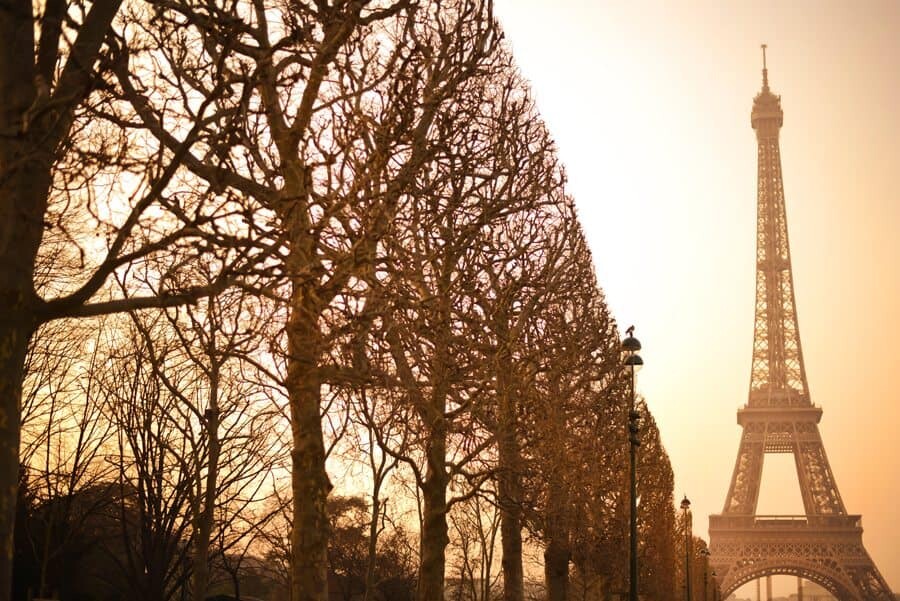
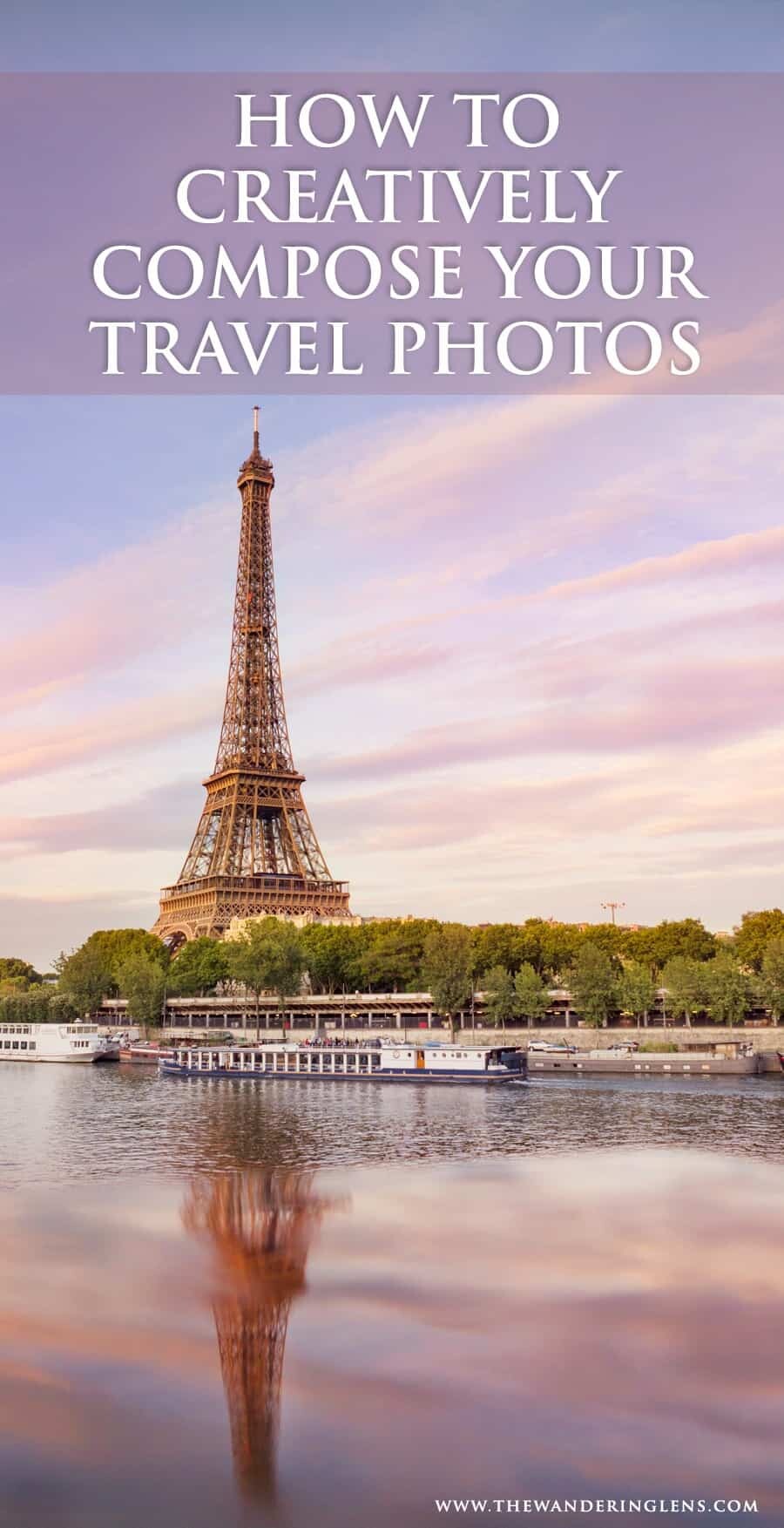

Hello! I’m the founder and photographer behind The Wandering Lens.
With 19+yrs experience as a professional travel and landscape photographer, all advice found on this site is from my personal experience, or that of contributors, on the road. I hope it’s useful for your own travels and would love to hear in the comments about your trips and experiences around the world.

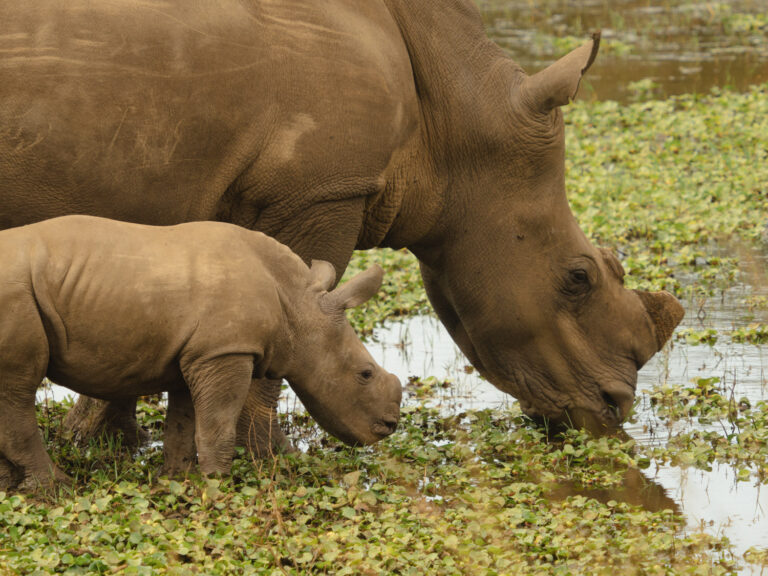
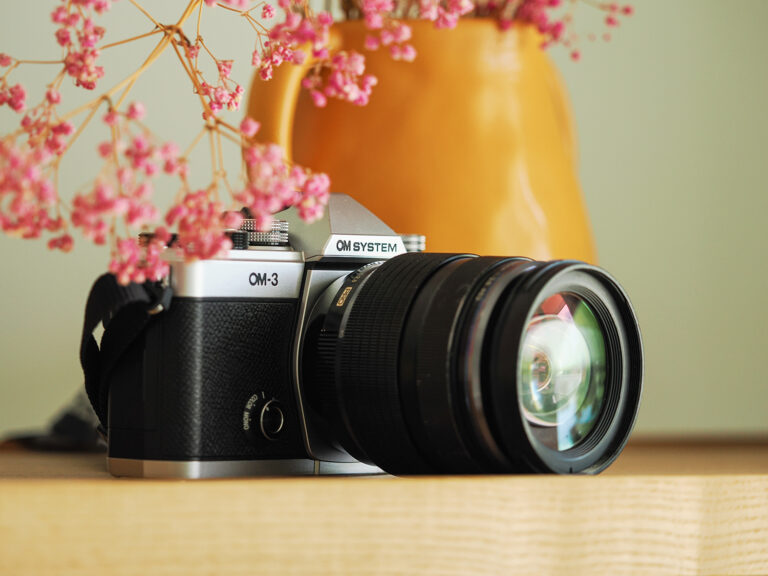
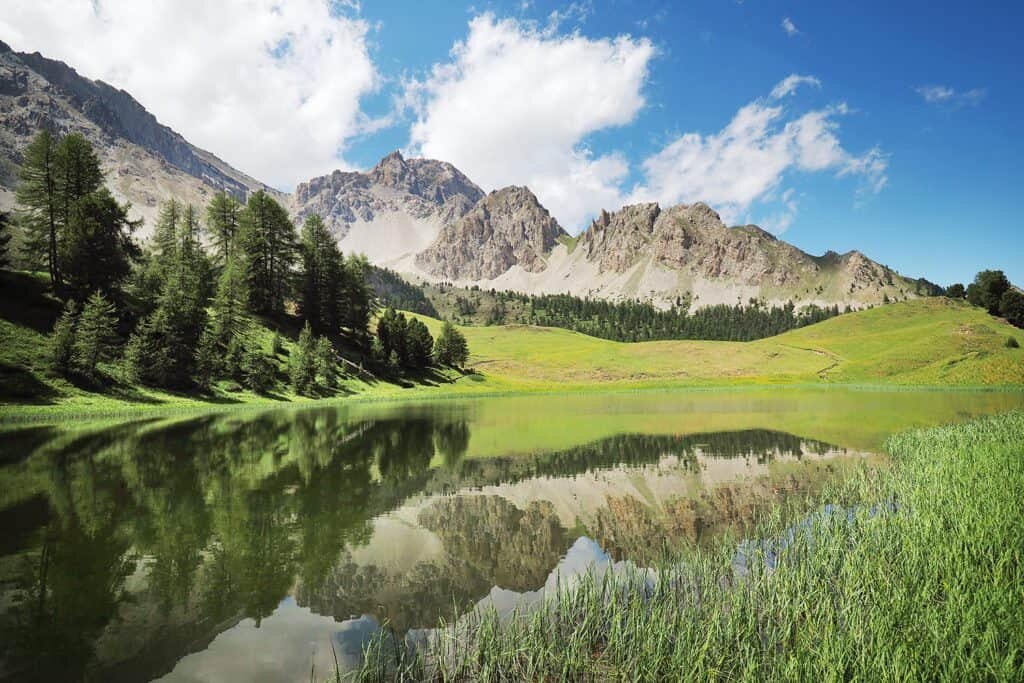
Blog Comments
Danielle
December 11, 2014 at 3:55 pm
You are so very talented. Oh to be back in Paris… 🙂
Patricia
February 11, 2015 at 5:04 pm
Thank you for these tips. One of the most difficult things in photography for me is to see things in a different way, with a new perspective, angle, etc. Your photos are amazing, I will be coming back to get some inspiration for improving my photography 🙂
RoarLoud
February 20, 2015 at 12:36 pm
Great tips, I am the one that is on the ground or contorting to get the right angle. I’m hoping to improve my photography skills more before Kilimanjaro and a safari in September. Just looking at your photos gives me some great ideas. Keep the tips coming! By the way the blog that I found you from is reblogged on my site:)
Fearless Nomad
March 6, 2015 at 1:35 am
Love this article–such creative ways to view an iconic monument. Makes me want to venture out and click away.
Maria @ A little adventure
May 12, 2015 at 5:17 pm
Such brilliant pictures! Of course now I want to revisit Paris. When I was there, I was lucky to visit the Eiffel Tower just after sunset and the beautiful light made for some very pretty photos. Thank you for your tips, I’m always trying to improve my composition skills.
thewanderinglens
May 12, 2015 at 5:53 pm
It’s such a pretty scene at dusk isn’t it Maria! Great to hear the tips were helpful, best of luck on your travels!
Kel
October 31, 2015 at 6:40 am
Seriously. You are bloody good. I’m going to write these down as key points and use it next time I’m out taking photos. Thank you!
Kaan
January 7, 2016 at 10:17 am
Thank you for sharing these wonderful tips! 🙂 I might be going to Paris this May and I’ve been looking unique shots! What are the settings that you used for that dusky Sacre Coeur photo? 🙂
thewanderinglens
January 9, 2016 at 5:17 am
Hi Kaan, so happy to hear they were helpful! The dusky shot was taken during one of the worst pollution fog spell’s in Paris hence the dusky colours and haze. The settings I used though were ISO 160, f/4.6, WB on cloudy mode and exposure -0.3. Have a great trip if you end up in Paris this May, it’s a beautiful time to visit 🙂
Rajlakshmi
July 30, 2017 at 4:43 pm
These are stunning captures… thank you for all the tips 😀
Howard Koor
August 19, 2017 at 7:02 am
Great insight!
Thank you
MagneticVoyage
March 27, 2018 at 2:00 am
It is always hard to get a unique shot with such famous sights. Even when is the photo is great someone has already taken the same one, only with better lighting etc. Thanks for these tips!
Sarah Kozak
April 23, 2018 at 12:19 am
Wow, its beautiful how you can capture one subject in so many creative ways, using numerous principles! <3